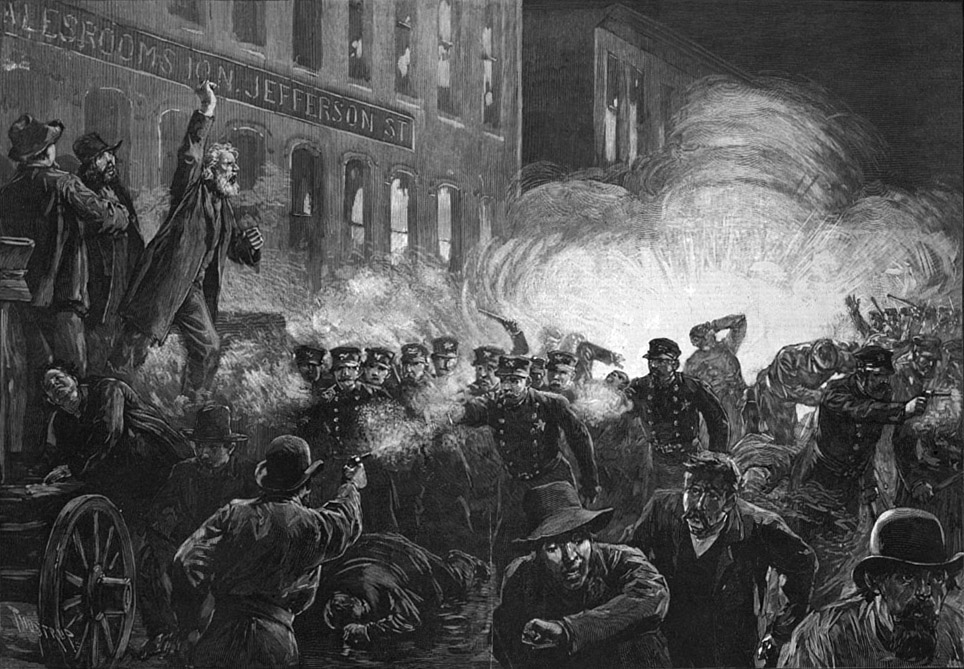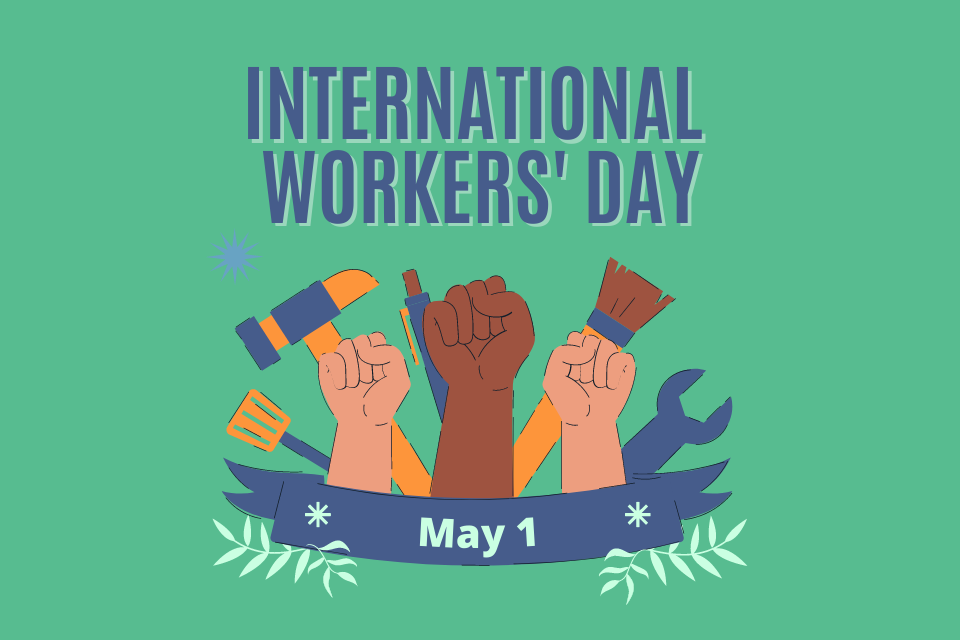Behind the barbecue and the picnics: What are we really celebrating on May 1st?
Every year at the beginning of May, parks across Serbia become gathering places, the smell of barbecue fills the air, and families and friends find time to take a break from everyday obligations. Yet behind this image of relaxation and socializing lies a historic struggle that forever changed the way we work — and live.
The Historical Roots of Labor Day
May 1st, also known as International Workers' Day, has its roots in the labor movement of the late 19th century. During the Industrial Revolution, workers faced extremely harsh conditions: workdays often lasted between 12 and 18 hours, wages were low, and even children worked extensively in factories.

From this dissatisfaction, the idea of an eight-hour workday was born — 8 hours for work, 8 hours for rest, and 8 hours for personal development. A pivotal moment occurred on May 1, 1886, in Chicago, when tens of thousands of workers organized massive strikes and protests demanding better working conditions. The demonstrations culminated on May 4th at Haymarket Square, where a bomb exploded during the protest, leading to violent clashes with the police. Several people were killed, and a number of labor leaders were later convicted and executed.
The Haymarket affair became a symbol of the struggle for workers' rights around the world.
At the first Congress of the Second International, held in Paris in 1889, it was decided that May 1st would be commemorated as International Workers' Day — a day of remembrance for the Haymarket victims and a show of support for labor rights worldwide. This decision led to May 1st being celebrated globally as a symbol of workers' solidarity.
Interestingly, in the United States — the country where the movement began — May 1st is not recognized as a national holiday. Instead, Labor Day is celebrated on the first Monday of September to avoid associations with radical leftist movements.

In Serbia, May 1st remains one of the most important holidays, retained from the socialist era. Workers are given days off, schools are closed, and nature spots become the most popular gathering places. Traditionally, people from Belgrade head to Avala, Košutnjak, or Ada Ciganlija, while those from other regions seek nearby green areas for picnics, barbecues, and relaxation.
However, while we enjoy the break, it is important to remember the true meaning of this date. May 1st is not just a day for leisure — it is a reminder of the struggles of previous generations for the rights that shape our everyday lives today.










